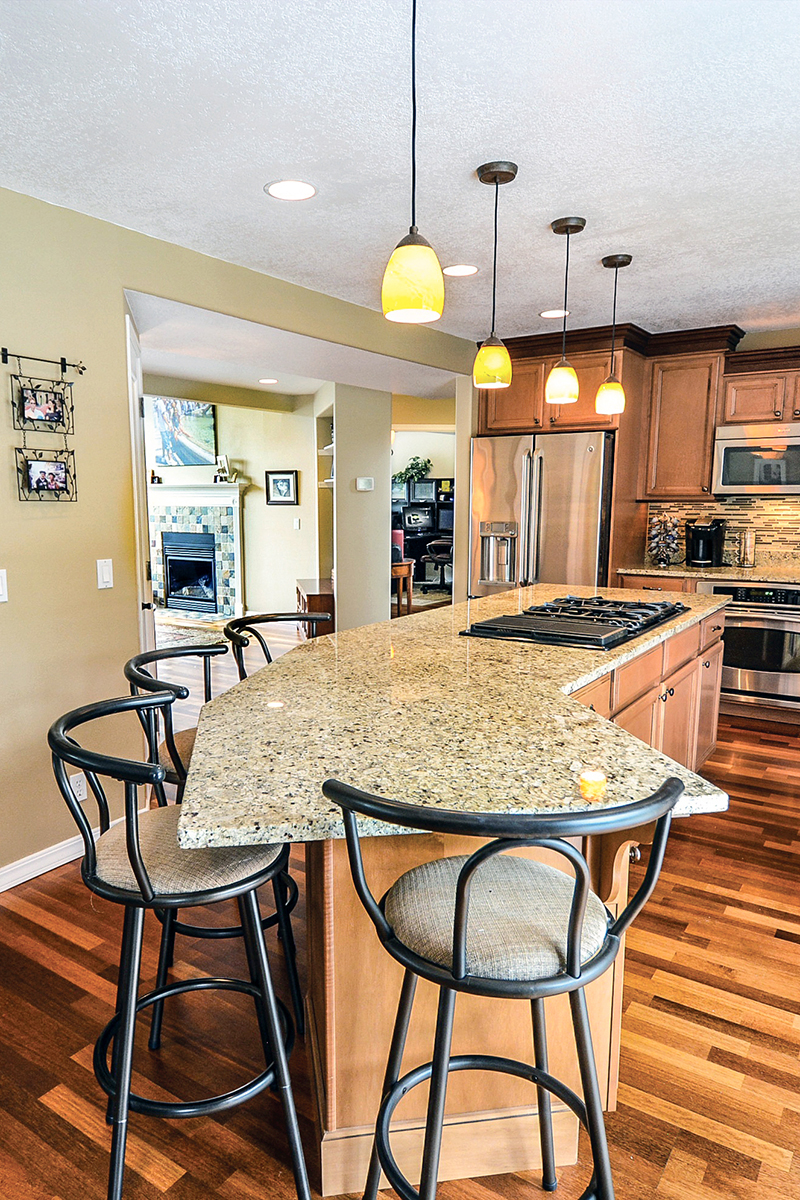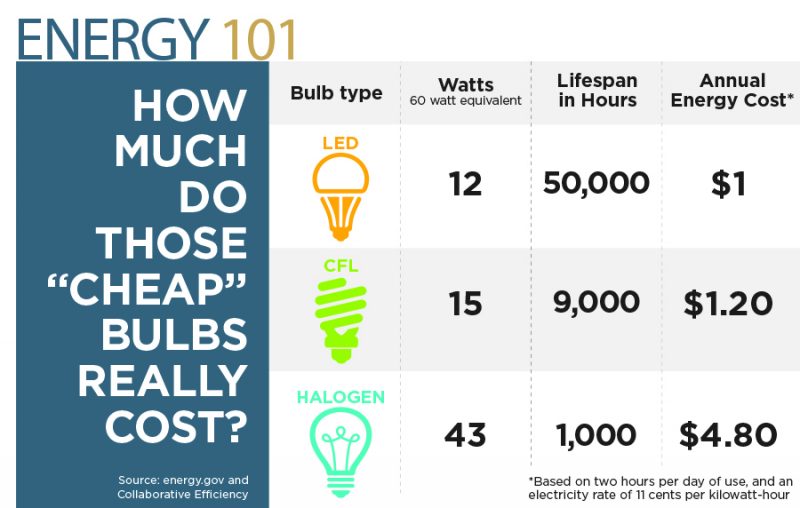Lighting buying guide

How do we choose practical, affordable, and efficient lighting for our home when there are so many types of light fixtures and bulbs?—Heidi
Start by thinking through the more important issues, such as specific lighting needs of the room, how fixtures work together, and how to save money on energy bills.
Saving energy starts with choosing the correct bulb. The halogen bulb (also called energy-efficient incandescent) is at least 25 percent more efficient than the old incandescents. The other two common types of household bulbs, compact fluorescent lamps (CFLs) and light-emitting diodes (LEDs), are even more efficient.
Energystar.gov estimates you can save $75 a year by replacing the five most-used incandescent bulbs or light fixtures with ENERGY STAR-certified LED or CFL lighting. Of the three types, LEDs tend to save more money over the long run, and LED prices have been decreasing. A downside of CFLs is that they contain a small amount of toxic mercury that can be released into your home if one breaks.
Consider both watts and lumens in making a lighting choice. Watts indicate how much energy (and therefore, money) is used to produce light. Lumens indicate how much light the bulb produces. A handy comparison is that an 800-lumen bulb is about equal to the amount of light from a traditional 60-watt incandescent bulb.
Bulbs also give off different colors of light, known as color temperature, and can dim over time. If the variation bothers you, you may want to get the same brand and wattage of bulbs for the entire room or area at the same time.
Fixating on fixtures
In choosing a light fixture, make sure it can provide the correct level of brightness, with an appropriate size and number of bulbs. Ambient lights, such as sconces and glass-covered fixtures, provide gentler overall lighting, while directional fixtures like pendants, desk lamps, and track lighting focus on areas where work is done. Caution: It’s not a good idea to mix bulb types in a fixture.
The Lighting Research Center provides a resource page with many sample lighting layouts for every room in the home—click on “Lighting Patterns for Homes.”

